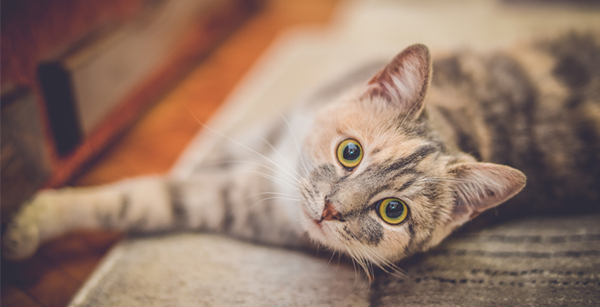|
One of the most common injuries we see in dogs is a ruptured anterior cruciate ligament. This is the same injury seen in many a footballer - the notorious ACL, and it can can lead to dramatic arthritis in your dog's knee if it is not treated effectively.
Many dogs will 'snap' the ligament after suddenly jumping off a height or turning quickly. These dogs present to us non weight bearing on the injured hind leg. As cruciate disease can also be a progressive and degenerative condition, other dogs will present with a mild, intermittent lameness and chronic thickening of the joint.
Examination of a dog under sedation or general anaesthetic will help diagnose the condition and we are able to detect movement in the knee that should not be there if the ligament was healthy. Radiographs will also assist in identifying arthritic changes and evidence of swelling within and around the knee joint.
Surgery to stabilise the knee joint is the best option for treatment. Some small dogs may respond to conservative treatment, such as rest and non-steroidal anti-inflammatory medication but due to instability in the joint, the risk of developing painful arthritis is high.
There are a few different surgical techniques for cruciate ligament repair and new procedures are continually being developed. If your dog ruptures his cruciate ligament, we will be able to give you more information on the most suitable type of surgery.
It is important to realise that arthritis may still develop in the affected joint following surgery, but will be significantly less than if surgery was not performed.
If you are worried about your pet please call us for advice.
|
